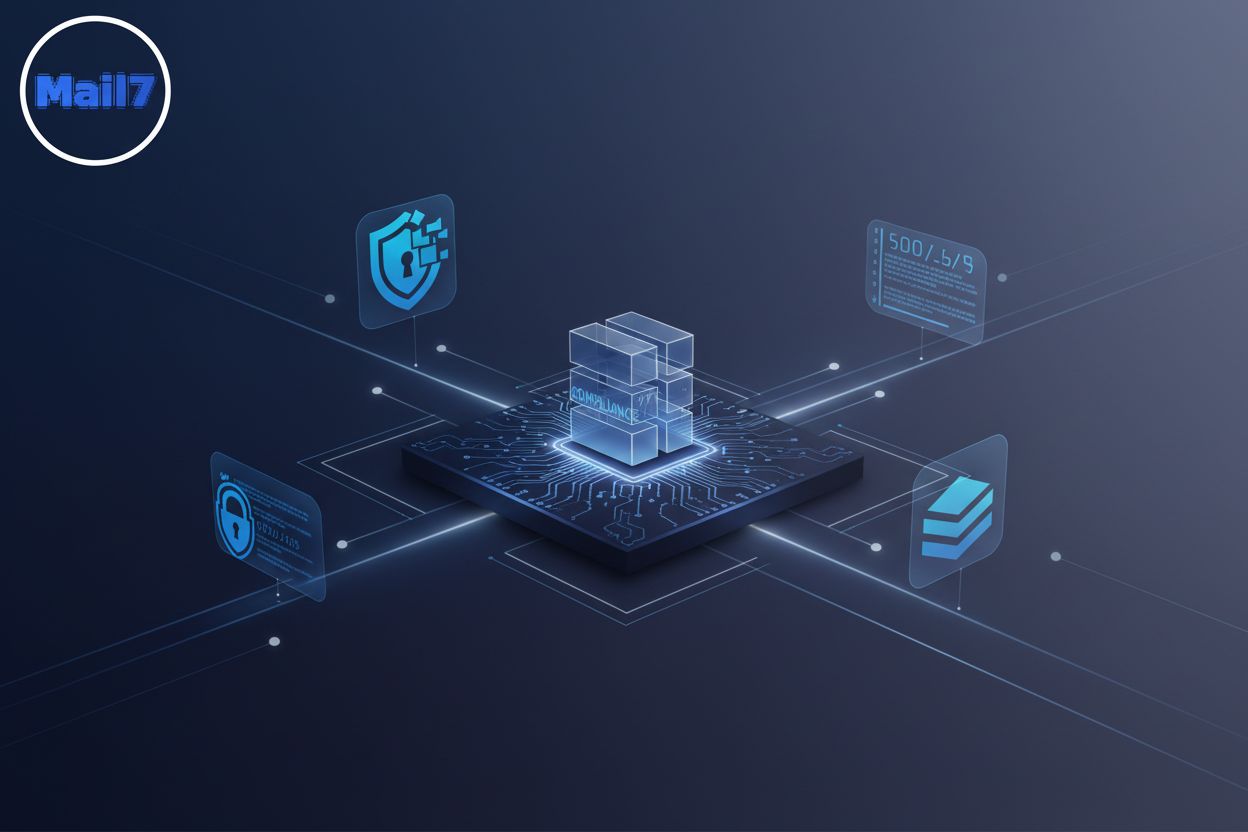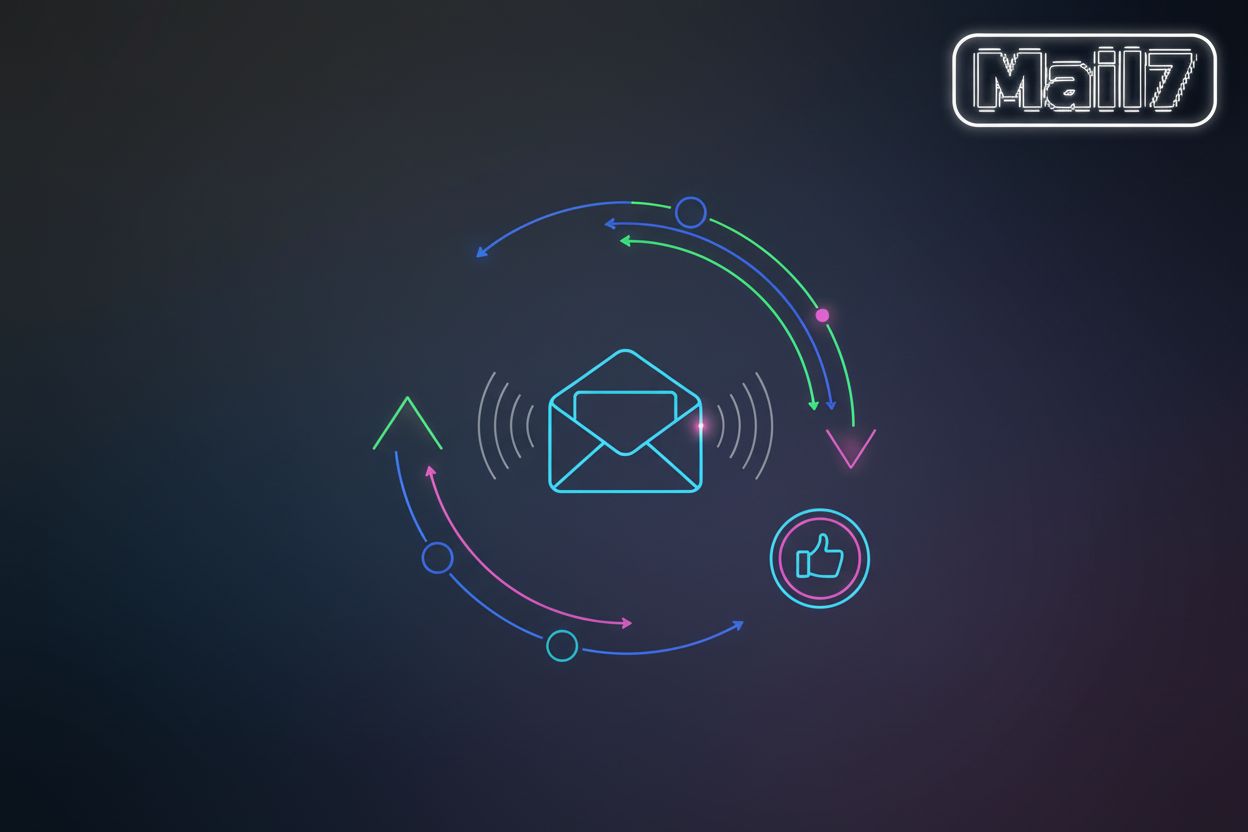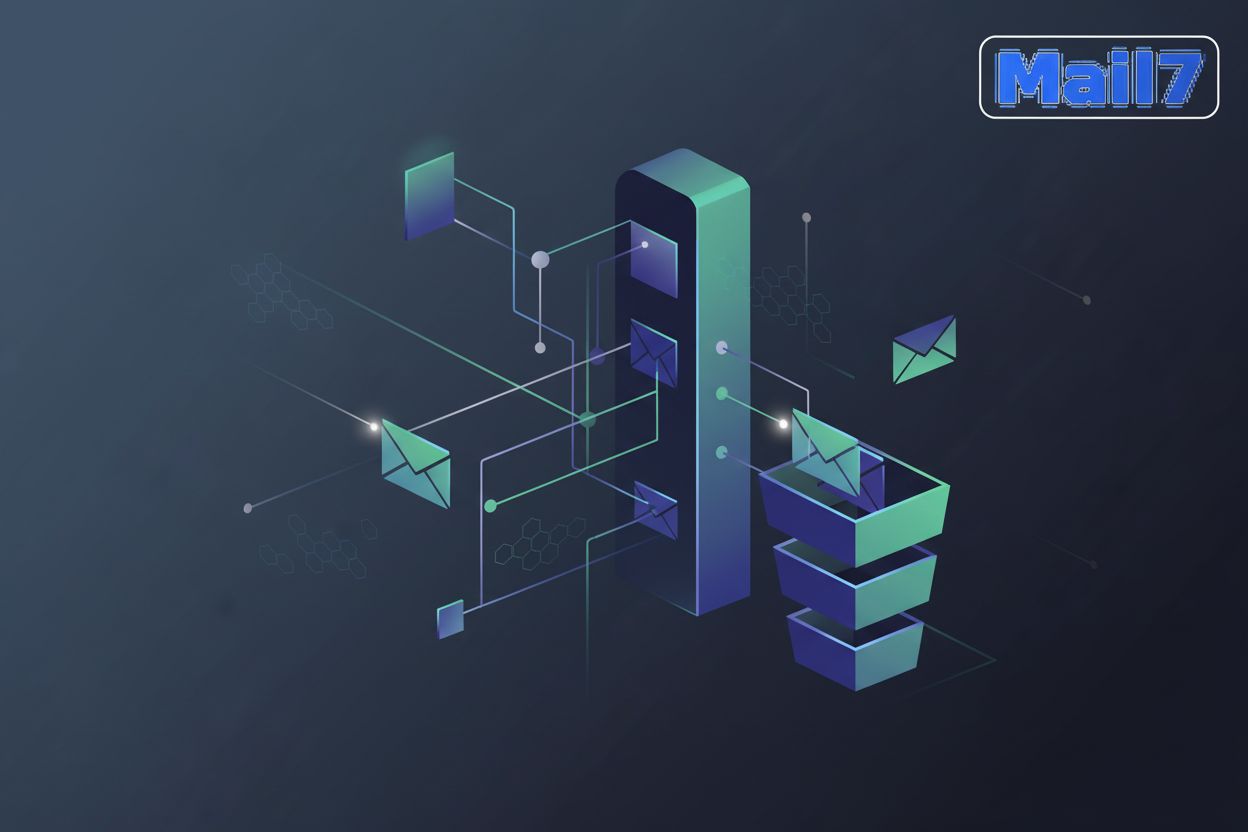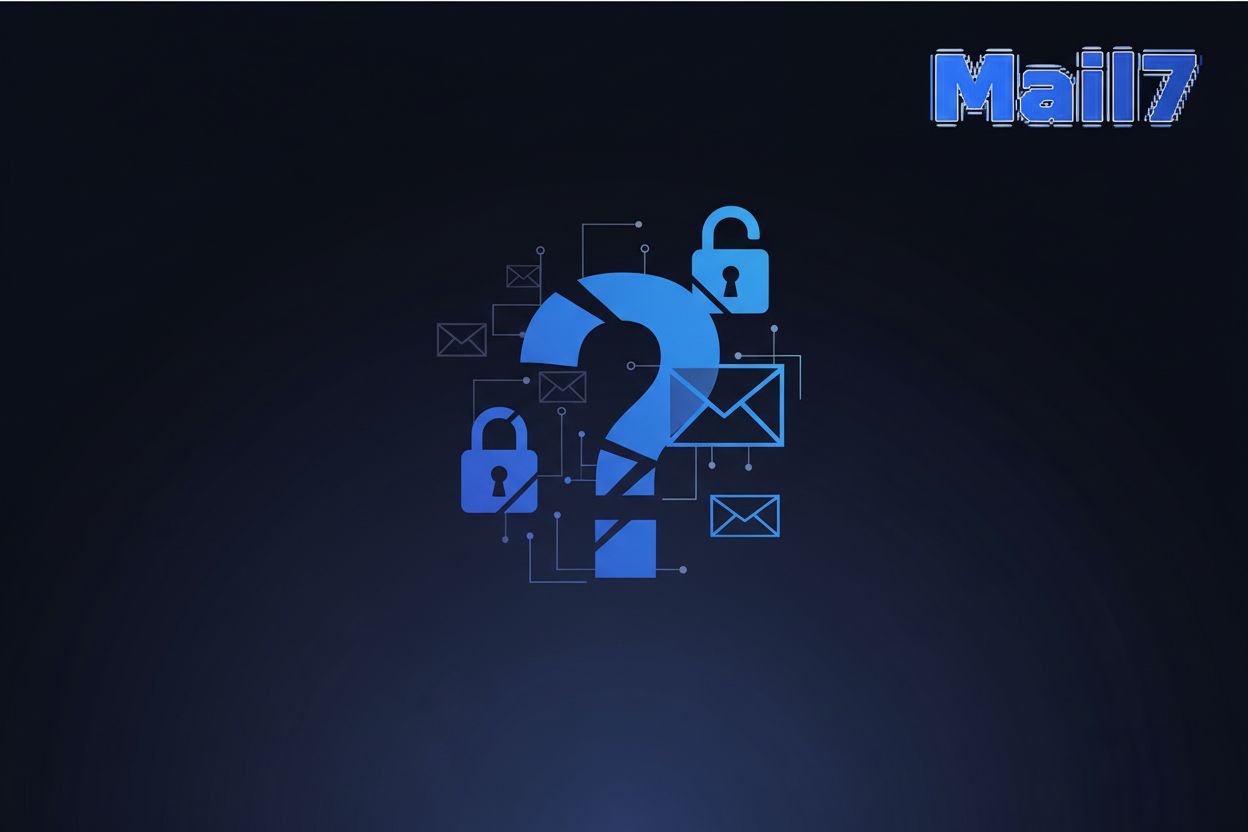Email Infrastructure Security Hardening
TL;DR
Understanding the Threat Landscape for Email Infrastructure
Okay, let's do this! Email infrastructure, huh? It's not exactly the first thing that comes to mind when ya think about cyber threats, but maybe it should be?
- Email infrastructure is a prime target for attacks, cause it's, like, the backbone of communication for most businesses. Think about it: Healthcare orgs, retailers, finance companies–they all rely on email heavily. (Microsoft 365 Still Weakest Link as Healthcare Email Breaches ...)
- Phishing, malware, and Business Email Compromise (bec) – it's all comin' through email. And it only takes one slip-up to cause major damage, like data breaches or, you know, losing tons of money.
- According to the Cybersecurity and Infrastructure Security Agency (cisa), its important to remain vigilant for potential targeted cyber activity against critical infrastructure.
So, yeah, securing your email ain't just some optional thing. It's crucial. Up next, we'll get into some of the common threats ya will face.
Initial Security Assessment: Identifying Vulnerabilities
Alright, so where do we even start digging for holes in our email setup? It's kinda like lookin' for your keys, ya know?
- First off, vulnerability scans are key. They're like using an automated tool to find common weaknesses. Think open ports, services running that shouldn't be.
- Keep an eye out for outdated software. Old software is like leavin' the door unlocked for hackers.
- Don't forget about misconfigurations – weak passwords, settings that aren't quite right.
- Healthcare orgs, for example, needs to be extra careful with patient data.
Once you've got those scans done, analyzing the results is the next big step. You gotta really dig into what those tools are telling you. Don't just glance at it – understand why something is flagged. Is it a critical vulnerability or something minor? This leads directly into prioritizing remediation. You can't fix everything at once, so focus on what's gonna cause the most damage if exploited. High-risk vulnerabilities should be tackled first.
Then comes patching. This is where you actually apply the fixes. Make sure you're using the latest patches and updates from your vendors. Before you roll out a patch to your whole system, it's a good idea to plan your deployment. Think about testing it in a non-production environment first to make sure it doesn't break anything else. And, importantly, document everything. Keep a record of what vulnerabilities you found, how you fixed them, and when. Finally, verifying fixes is crucial. Don't just assume the patch worked. Re-run scans or perform specific tests to confirm the vulnerability is gone.
Next up, we're gonna dive into implementing some serious access controls.
Implementing Robust Authentication and Access Controls
Alright, let's talk about locking down those email accounts! I mean, what's the point of having a fancy email setup if anyone can just waltz right in?
- Multi-Factor Authentication (mfa): It's not just a buzzword, people. Enabling mfa means users need more than just a password to get in. Think codes from your phone, or even fingerprint scanners. It's like having multiple locks on your front door.
- Role-Based Access Control (rbac): Not everyone needs access to everything. rbac is all about giving folks only the permissions they need to do their job. Finance gets finance stuff, marketing gets marketing stuff. Ya get the idea?
- Strong Password Policies: This one is kinda obvious, but needs saying. Enforce complex passwords – think long, random, and with a mix of letters, numbers, and symbols. And make 'em change it regularly, too.
These controls are like the foundation of a secure email infrastructure.
For example, many organizations uses rbac to manage access to sensitive email data. In healthcare, this ensures only authorized personnel can access patient records.
Now that we've got our access controls tightened up, it's time to think about protecting the actual content of those communications.
Securing Email Communications with Encryption
Alright, so you want to make sure no one's snooping on your emails, right? Encryption is how ya do it – think of it as puttin' your messages in a secret code only you and the receiver can read.
- Transport Layer Security (tls): This encrypts email while it's being sent. Make sure it's enabled for all your email traffic. You also wanna use strong cipher suites and keep those tls certificates updated regularly.
- DomainKeys Identified Mail (dkim): This adds a digital signature to your outgoing emails. You gotta generate dkim keys and publish them in your dns records. It helps recipients verify that the email actually came from your domain and wasn't tampered with.
- Sender Policy Framework (spf): This is all about preventing email spoofing. You create spf records in your dns that list which mail servers are authorized to send email on behalf of your domain. Then, you configure your email servers to check these spf records when they receive an email. Using the
-allmodifier tells receiving servers to reject any emails that don't come from an authorized server, which is a pretty strong defense.
Now, lets talk about dmarc and how it can protect you, shall we?
Network Security Best Practices for Email Servers
Firewalls are your email server's frontline defense, right? Let's make sure they're up to the task!
- Limit port access: Only allow necessary ports, like 25 (smtp), 143/993 (imap), and 110/995 (pop3). Anything else is just an unnecessary opening.
- Intrusion detection and prevention systems (idps): Use idps to catch suspicious activity. These systems monitor your network traffic for malicious patterns and can even block them before they cause harm.
- Keep firewall rules fresh, like, regularly. Review them to make sure they're still relevant and effective.
On to network segmentation – isolating your email stuff for extra safety!
Network Segmentation for Email Servers
So, what's network segmentation? Basically, it's like dividing your network into smaller, isolated zones. For email servers, this means putting them on their own dedicated segment, separate from other parts of your network, like user workstations or databases.
Benefits of Network Segmentation:
- Containment: If one part of your network gets compromised, segmentation can prevent the attack from spreading to your email servers. It's like having bulkheads on a ship – if one compartment floods, the whole ship doesn't go down.
- Reduced Attack Surface: By isolating email servers, you limit the number of ways attackers can reach them. You can apply stricter security controls to this specific segment.
- Improved Performance: Sometimes, isolating high-traffic services like email can improve overall network performance.
Implementation Strategies:
- VLANs (Virtual Local Area Networks): This is a common way to segment networks logically without needing separate physical hardware.
- Firewall Rules: Use your firewalls to strictly control traffic flow between network segments. Only allow necessary communication between the email segment and other parts of the network.
- Dedicated Hardware: For critical systems, consider using dedicated physical servers and network infrastructure for your email environment.
This adds another layer of defense, making it harder for attackers to get to your sensitive communications.
Regular Monitoring and Logging
Alright, so, we've thrown a lot at ya, huh? But trust me, it all comes together.
- Centralized logging is key -- pulling logs from all your email systems into one place. This makes it way easier to spot patterns and anomalies.
- Use a SIEM (Security Information and Event Management) system to make sense of it all. Think of it like having a detective go through all the clues. It correlates events from different sources to give you a clearer picture of what's happening.
- Intrusion detection and prevention systems (idps) are also vital because you want to catch bad traffic before it causes problems.
Healthcare organizations need to monitor access logs for Health Insurance Portability and Accountability Act (hipaa) compliance. This means keeping detailed records of who accessed what patient data and when.
The Grand Finale: Continuous Security
We've covered a lot, from understanding the threats to implementing controls and monitoring your systems. But here's the thing: security isn't a one-and-done deal. It's an ongoing process. The threat landscape is always changing, and so should your defenses. Regularly review your security posture, update your policies, train your users, and stay informed about new threats. Think of it as a continuous cycle of assessment, improvement, and vigilance. Keep those logs flowing, keep those alerts tuned, and never stop hardening your email infrastructure. It's the best way to keep your communications safe and your business running smoothly.





